NO RED INK – SOUTH KOREA

Colors have different meanings everywhere, and the same color may have different implications for different cultures. This is, to a huge degree, especially true with the color red. While it can mean passion, it can also mean blood. The contrast is very far in between so one has to be careful. In Korea, it is customary to write the names of the dead in red so it is considered forbidden and probably even offensive to write a living person’s name in red. It’s best to spend time researching about the place before you go there so as to not upset traditions and embarrass yourself in the process.
INITIATION BY ANTS – BRAZIL
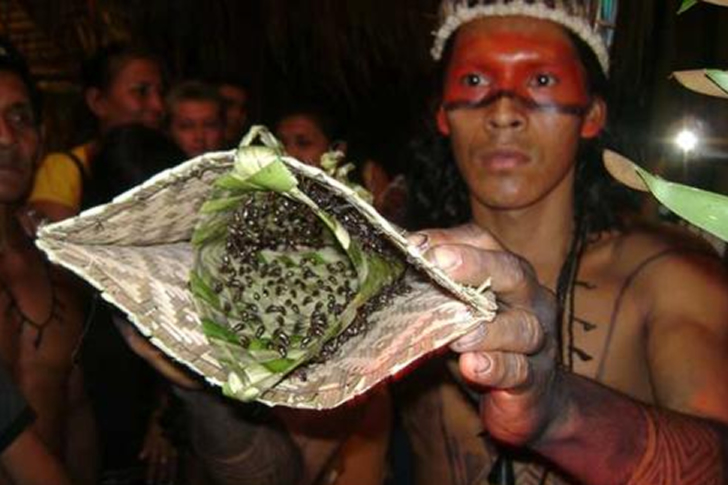
Many initiation practices vary across the world and a lot of them are bizarre in their own right. Most of the rituals concerning passage into manhood or womanhood, particularly, are the weirdest and sometimes most painful. The Satere Mawe tribe of Brazil, particularly, has one of such traditions that will force you to prove your readiness through some degree of pain tolerance. To prove their strength and bravery, young men place their hands in a basket of bullet ants that are not very friendly. If you have an idea of how painful one can bite, imagine hundreds at the same time–it’s unbelievably painful, trust us!
TOMATO FIGHT – SPAIN

La Tomatina is a tomato fight tradition done in Spain. Just like a snowball fight, except with tomatoes instead of snow, the event progresses through using tomatoes as weapons. Tourists come and watch and even join this strange practice. It is amusing but also symbolic to the Valencian people of Bunol which is why they do it regularly. We suggest that the next travel investment that you make be an experiential one like immersing yourself in a culture’s tradition – no matter how strange. This may open your eyes to something new. It will also be a learning experience that is fun at the same time!
PRE-WEDDING CLEANUP – GERMANY

Where weird wedding customs are the topic, Germany does not fall behind. The Polterabend custom involves asking the family and friends of the couple to come to their house to break things. They should break vases, plates, and all things they could possibly break with the exception of glasses. If you think that’s weird, you’re in for a surprise because this next part is a degree weirder. The couple is then expected to clean up the mess that has been made by their loved ones. This is symbolic of marriage. They have to be able to surpass anything that might break them and clean up the mess together.
ANTI-WITCH BONFIRE – CZECH REPUBLIC
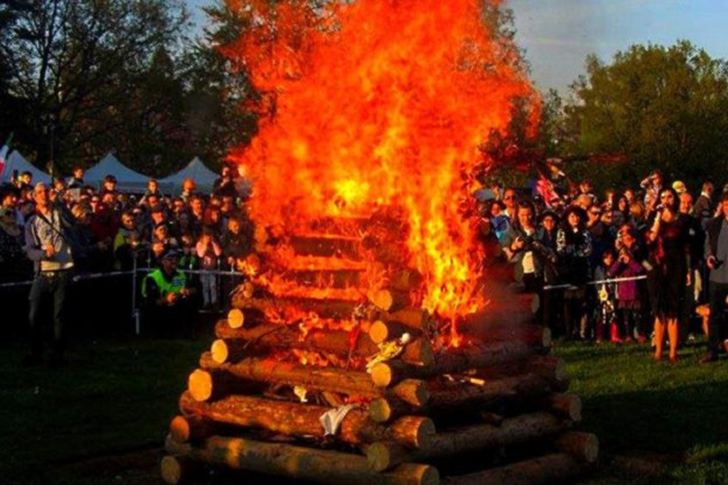
Between the feast days of St. Jacob and St. Philip, the Czech believed that witches’ powers were powerful to such a degree that they were stronger than the powers of the good. Legend has it that witches traveled in groups on their broomsticks and that lighting up bonfires would take them down and prevent the evil from prevailing. In turn, the Czech lights the biggest bonfire you would ever see. Today, not only do these ward off evil witches but they also attract swarms of tourists that come and celebrate the traditions in the heart of the city.
BRIDAL TATTOOS – MUSLIM COUNTRIES
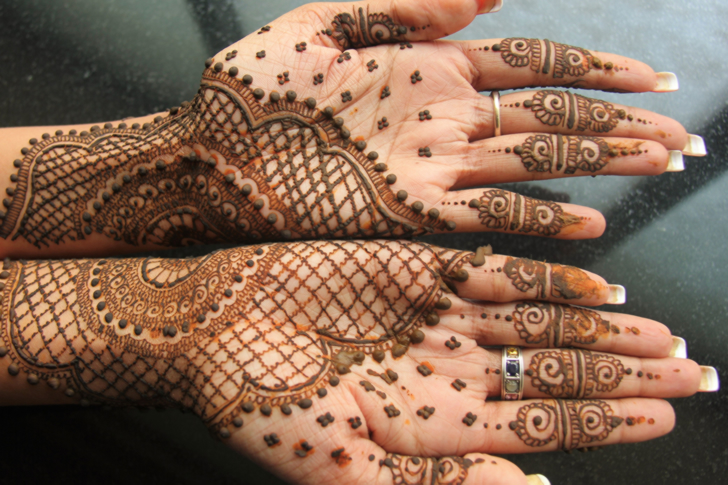
This next bridal tradition is one that is seen in multiple nations. The tattooing of brides before her wedding is, to a huge degree, customary in Muslim countries. A part of the Islam wedding ceremony, the procedure involves the female family and close friends of the bride painting designs on her body. This is supposedly symbolic of the bride’s transition into womanhood. It also provides luck in childbirth. The temporary designs are painted on with henna two days before the wedding. It is one tradition that Muslim families heavily invest in because it is considered to be both beautifying and lucky.
DEATH OVER DEFEAT – JAPAN
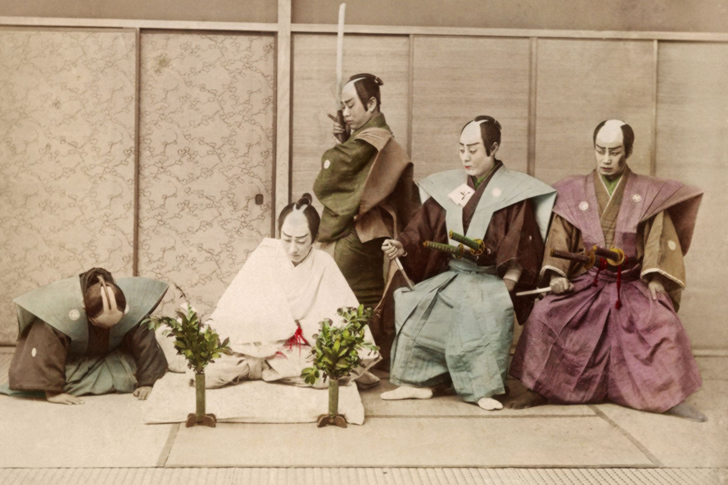
Bushido is the code of the Japanese warrior that shows the values of integrity, strength, and loyalty. On the other hand, the Seppuku is a ritual of committing suicide if you are faced with defeat. The Japanese are a people who think that suicide is noble and can, at times, be a better option, especially if the only other option is surrender. Their belief is still alive up until today and is still being practiced to some degree, especially among soldiers in the Japanese army. As life is sacred to most beliefs, this is one that is not exactly widely accepted.
CAMEL WRESTLING – TURKEY
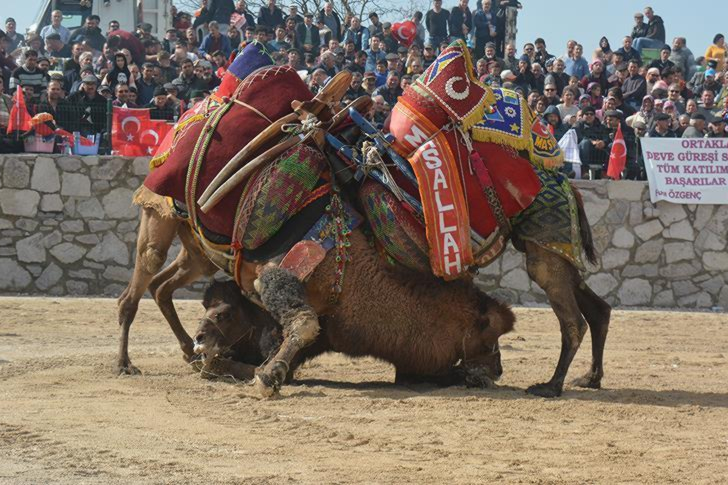
Camel wrestling originated from the Aegean region of Turkey, wherein spectators watch as two male camels fight. The fight is instigated by leading a female camel to arouse their senses; thus, the practice is often held during mating season.
In the 1920s, the Turkish National Aviation league held camel fights as fundraisers to purchase planes for the Turkish Government, instead of taking out a large business loan. For a while, the practice was discouraged but was later on brought back as part of the country’s historic culture.
The fighting ends when one camel falls to the ground or flees from the fight.
THE HAKA – NEW ZEALAND

If you’re not familiar with the Haka, you might be surprised by the practice’s intensity. The Haka is a ceremonial dance in Maori culture. It’s performed by a group during special occasions, like battles, welcoming a guest, weddings, or funerals.
It involves grunting, stomping, loud chanting, tongue wagging, and other menacing facial expressions. It is deeply ingrained in their culture that they have a Maori performing arts competition, Te Matatani, every two years.
It’s a great honor to witness Haka. It is also usually done to acknowledge great achievements, including getting one’s degree.
TOOTH FILING – INDONESIA
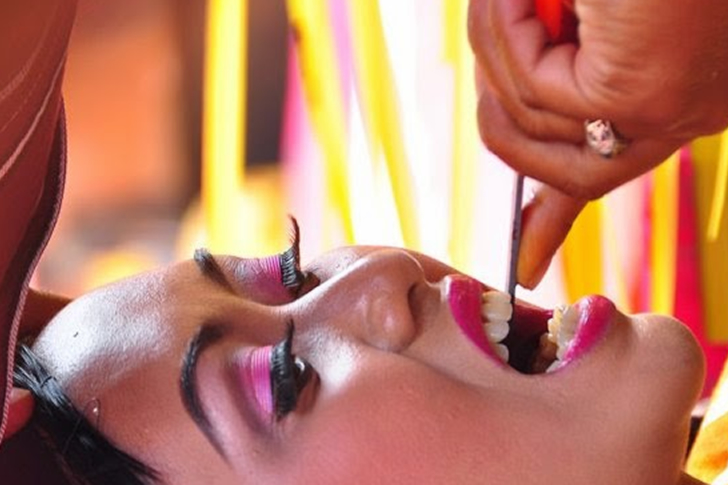
Tooth filling, or Potong Gigi, is a practice done in Bali, Indonesia wherein young adults have their incisors filed down. This is said to spiritually separate them from negative emotions such as anger and jealousy, as well as their animalistic instincts.
After having their teeth filed, they are then considered as adults and are therefore allowed to marry. During this ritual, their feet are not allowed to touch the grounds to avoid contact with evil forces so they’re carried by their parents. This tradition carries on up until today, but with modern adjustments. We wonder if their insurance covers this custom.

